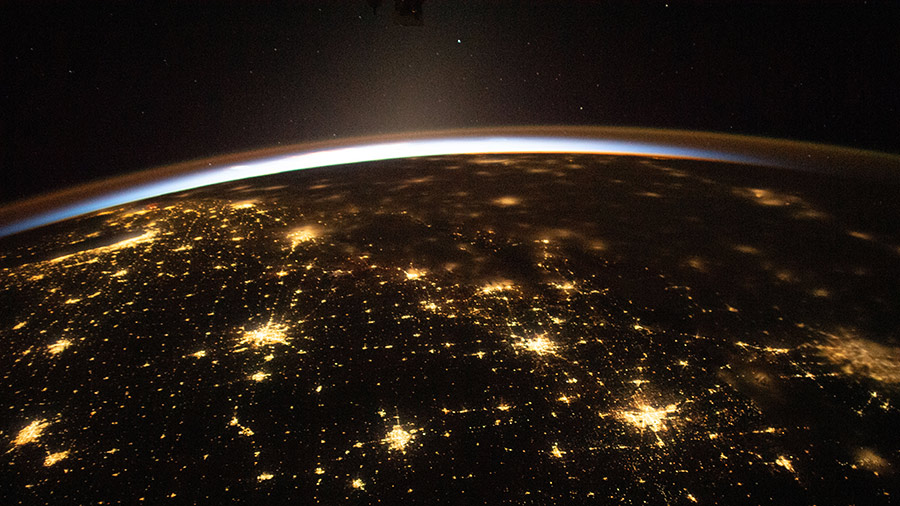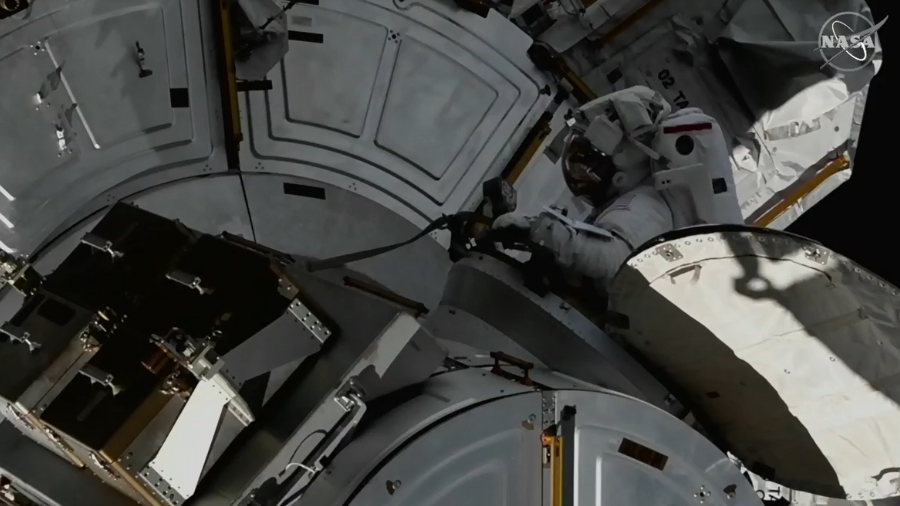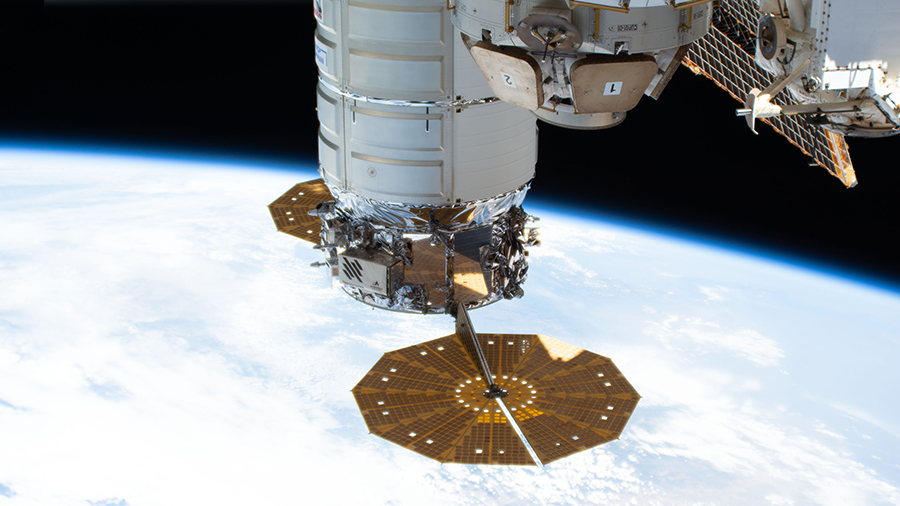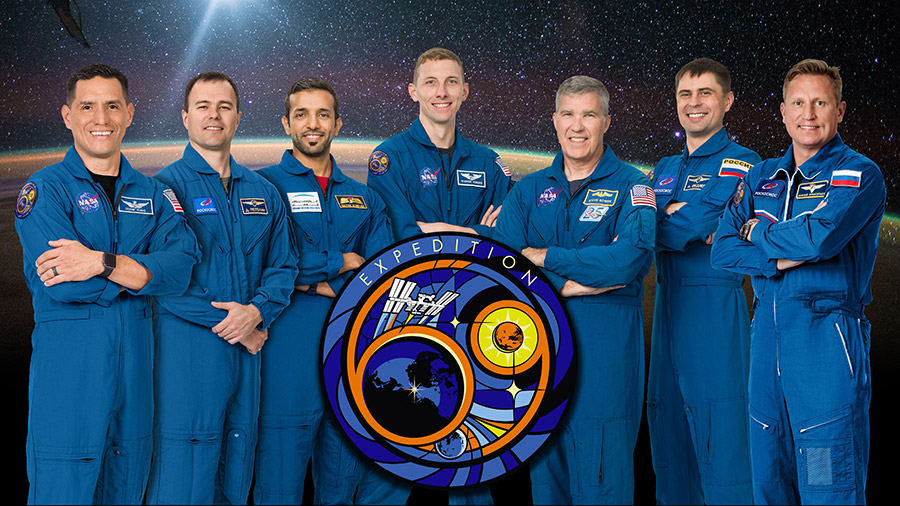
Bacteria, brain aging, and gravity-sensing cells were the main research subjects aboard the International Space Station on Friday. The seven Expedition 70 crew members also worked on computers, communications gear, and life support maintenance to wrap up the work week.
NASA Flight Engineer Loral O’Hara explored how microorganisms grow in microgravity, the potential damage they cause to spacecraft, and ways to disinfect the harmful bacteria. She inoculated microbe samples inside the Life Science Glovebox that will be compared to uninoculated samples. The NASA-sponsored Bacteria Adhesion and Corrosion study takes place in the Kibo laboratory module and aims to keep space crews and humans on Earth healthy.
Commander Andreas Mogensen from ESA (European Space Agency) viewed cell samples under a microscope for the Cerebral Ageing experiment. The study looks at brain cell-like samples to understand accelerated aging symptoms seen in patients on Earth and observed in astronauts on long-term space missions.
Astronaut Satoshi Furukawa from JAXA (Japan Aerospace Exploration Agency) prepared different cell samples for observation inside the Confocal Microscope then closed out the Cell Gravisensing biology Investigation. Earlier in the day, he swapped hard drives on a laptop computer then assisted O’Hara continuing to unpack the SpaceX Dragon cargo spacecraft.
NASA Flight Engineer Jasmin Moghbeli spent her day in the Harmony module configuring a variety of NASA and Roscosmos hardware. She first calibrated an ultrasonic inspection device that uses high-frequency sound waves to analyze materials, Afterward, Moghbeli checked space-to-ground, VHF, and inter-module communication systems.
Roscosmos cosmonaut Oleg Kononenko researched 3D printing techniques to learn how to manufacture tools and supplies in space and reduce dependence on cargo missions from Earth. Cosmonaut Nikolai Chub spent his day on life support and electronics maintenance. Cosmonaut Konstantin Borisov configured Soyuz crew ship and Progress resupply ship laptop computers then continued his photographic analysis of the station’s Roscosmos modules.
Learn more about station activities by following the space station blog, @space_station and @ISS_Research on X, as well as the ISS Facebook and ISS Instagram accounts.
Get weekly video highlights at: https://roundupreads.jsc.nasa.gov/videoupdate/
Get the latest from NASA delivered every week. Subscribe here: www.nasa.gov/subscribe




